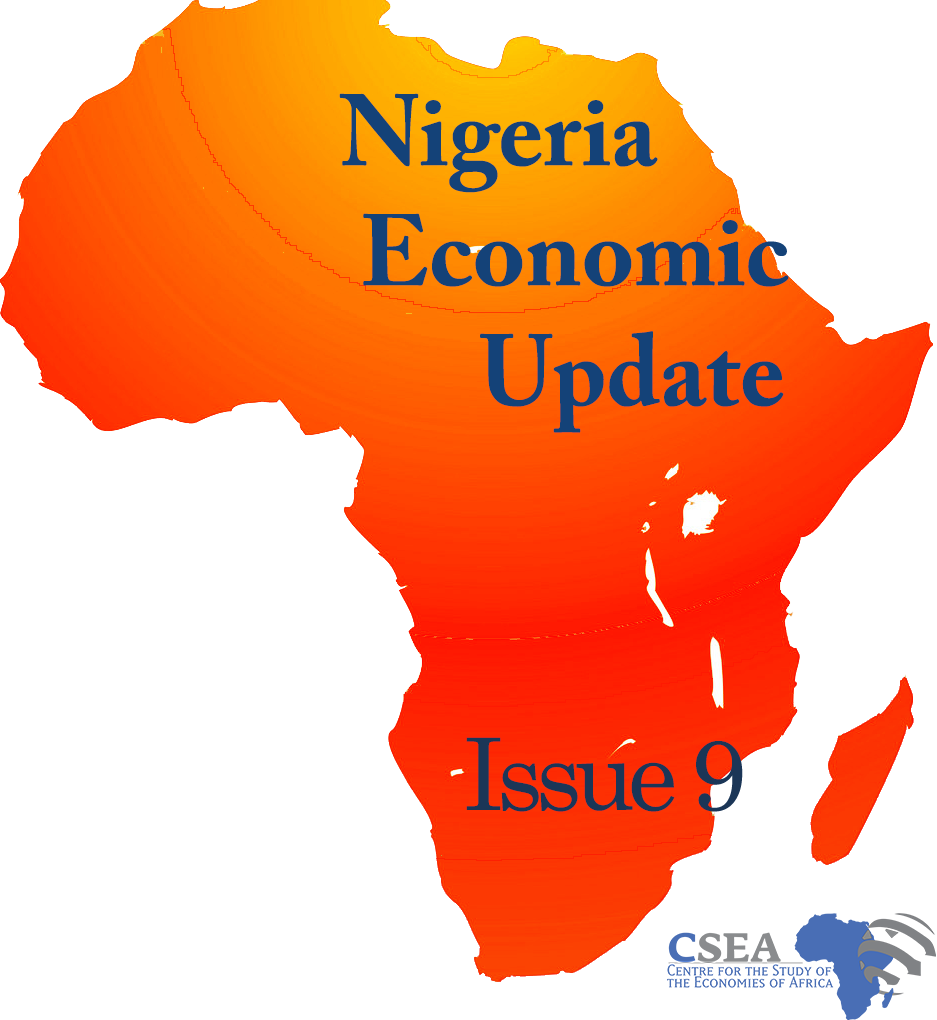By year-end 2018, the country recorded a total trade value of ₦32.3 trillion1, representing 39.3% increase over the corresponding period in 2017. The volume of total merchandise trade in 2018 is noted to be the highest since 2014, nearly double pre-recession levels. Export component grew by approximately 41%, from ₦13.6 trillion in 2017 to ₦19.1 trillion in 2018. Oil (crude and non-crude) is responsible for the most part of export growth in the review year and accounts for about 94% of total exports. Agriculture and manufacturing sector exports also recorded a boost, rising to ₦302 billion and ₦645.7 billion respectively. Similarly, imports rose by 37.5% to ₦13.2 trillion. With exports exceeding imports, the current account balance of trade improved to ₦5.9 trillion in 2018. To further boost Nigeria’s current account position going forward, supply-side policies to improve the efficiency and competitiveness of domestic industries, and thus exports is crucial.
Macroeconomic Report & Economic Updates

March 21, 2019
Nigeria Economic Update (Issue 9)
By year-end 2018, the country recorded a total trade value of ₦32.3 trillion1, representing 39.3% increase over the corresponding period in 2017. The volume of total merchandise trade in 2018 is noted to be the highest since 2014, nearly double pre-recession levels. Export component grew by approximately 41%, from ₦13.6 trillion in 2017 to ₦19.1 […]
Read →
Related
Business Confidence Index
Business Confidence Index: After its peak in 2011, business confidence fell sizeably in 2012 as well as 2015Q2. Most recently, BCI has declined to a negative levels in 2016Q1 and Q2. The recent declin
Nigeria Economic Update (Issue 47)
Recent
data by NBS indicates an increase in bank credit to private sector. Specifically,
private sector credit rose (year on year) by 24.4 percent to N16,185.1 billion
in 2016Q3 relative to 2016Q2, with Oil and gas, and Manufacturing
sectors taking the consecutive largest shares of the credit. The rise may be connected
to the need to improve credit availability to critical sectors in order to
hasten the recovery from the ongoing recession. The present rise in bank credit
to the manufacturing sector seems to be a step in the right direction as the
sector is critical to Nigerias industrialization and economic stability.
